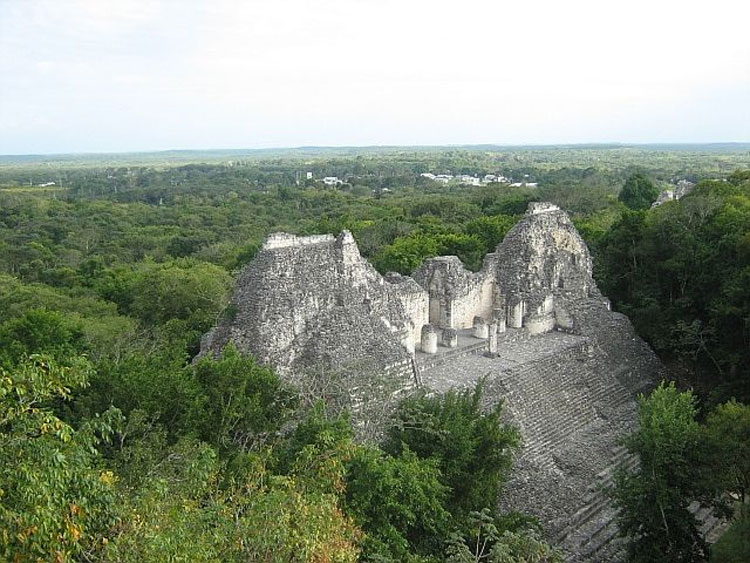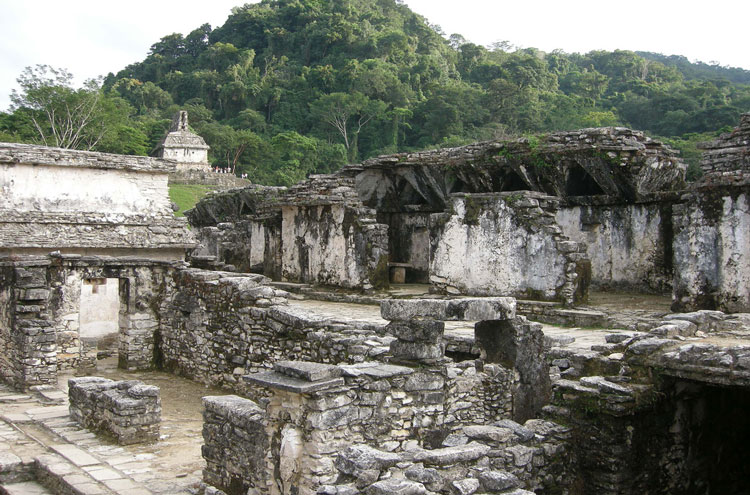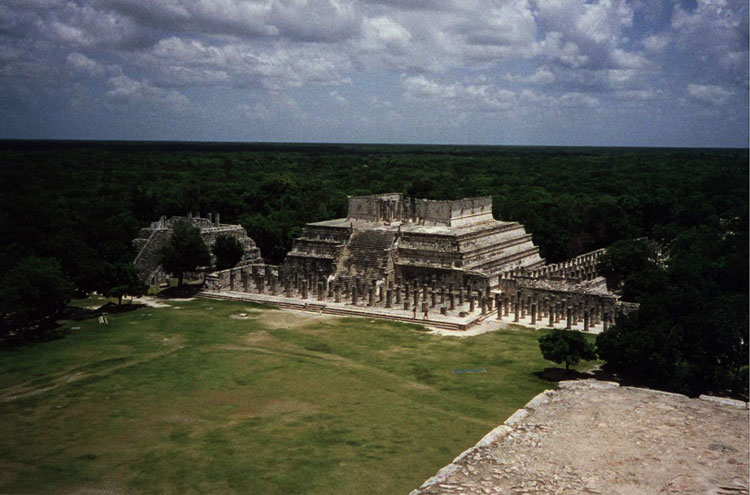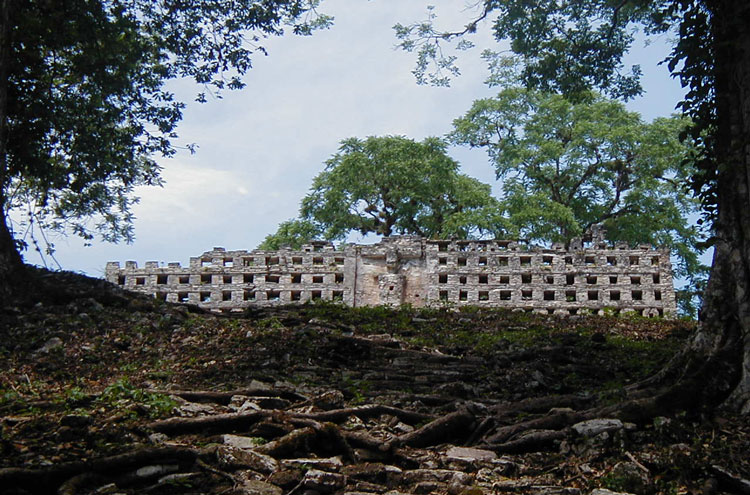Mayan Ruins
Key information: Mayan Ruins 
- Browse the ruins of the ancient Mayan empire; elaborate temples steeped in human sacrifice, still standing, amidst the decayed trappings of a once-glorious civilization.Astronomically aligned civic buildings introduce a culture advanced in mathematics, in science, and in art: colonnaded structures, wide streets and grand forums rise organically from the insatiable forest.Over thirty culturally and archaeologically significant sites across the Yucatan Peninsula: throughout Mexico, Guatemala, Belize and Honduras. An infinite number of day walks available, with each site justifying its own dedicated meander.Alternatively, extend your expedition through a series of hand-picked sites, linking them together via guided treks through lush jungle, populated with hundreds of smaller settlements, or along Mayan limestone causeways.
- These walks can be tough; through rainforest, in hot sun and intense humidity. Come prepared.
Walkopedia rating

- Walkopedia rating85
- Beauty28
- Natural interest10
- Human interest18
- Charisma32
- Negative points3
- Total rating85
Vital Statistics

- Length: Variable
- Maximum Altitude: Not high
- Level of Difficulty: Variable
Top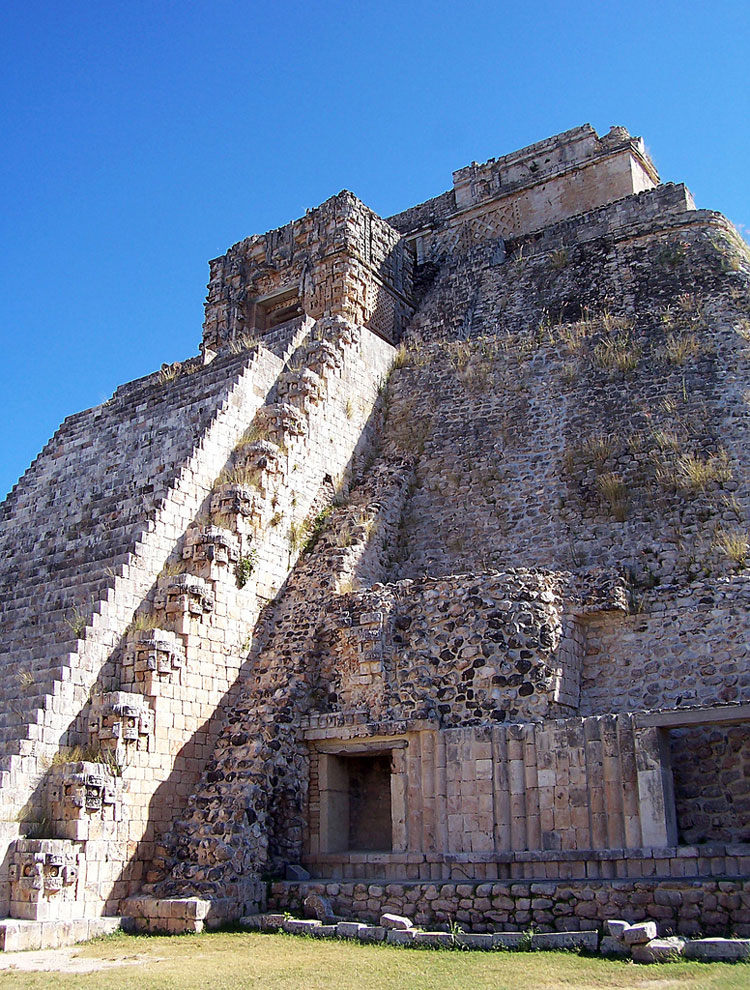
WALK SUMMARY
The ruins of the Mayan Empire spread throughout Central America. Low-lying land is home to site after site, palace after palace, and temple after temple, each telling an oft-times gory tale of human sacrifice, and vengeful gods. The empire that built such wondrous and widespread cities eventually fell amidst Spanish machinations, or tore itself apart.
While perhaps thirty or so sites throughout the Yucatan Peninsula stand out as the deposed nations great civic fulcrums, there are in fact hundreds of archaeologically significant sites, and indeed thousands of smaller ones, across Mexico, Guatemala, Belize and Honduras.
Each one is a Central American Troy: an evocative cultural spectre resonant with its societys art, history and cruelty. Compared to Troy, and despite the encroaching jungles avarice, many of these sites are in a good state of repair. Many more are as yet unexplored, and others still, unmapped.
Each of the larger sites merit a long day; the regional capitals of Chichen Itza or Tulum; Palanque; Uxmal; Guatemalan Tikal or Naranjo. There are many more. This was a nation forged from its feuding city-states and vicious infighting. Prestige seems to have been the one universal commodity, overseeing the construction of competing temples on a vast scale.
Wander along raised causeways, past collapsed residence and decayed forum, always converging on a central temple or group of temples. These vast, limestone structures have a bone-like pallor, casting a chilling menace over their environs. At dawn and sunset, steps still run red, but without the sacrificial blood that once seeped down their descent. Such causeways, sacbeob, can offer an extended trip, sometimes walkable directly to another site: opportunity to create multi-day itineraries, with the right guide.
Straying away from the main tourist thoroughfares (most often those near the resorts of Cancun and Mexicos other coastal honeypots) you find a seemingly impenetrable jungle punctuated with valleys, cliffs and caves and further Mayan settlements. Rivers wind around precipitous cliff-based ruins and the low-lying hills of this ancient seabed. Not far from the site of Dzibilchaltun is the inland sea and part of the impact crater of the meteor said to have wiped out the dinosaurs.
Cenotes - large sinkholes - pockmark the entire peninsula. They represent collapsed cave systems extending throughout the Yucutan, a porous limestone crust that harbours thousands of miles of labyrinthine tunnels. For the Maya they had a cultural and religious focus: sacrificial gold, jewellery and obsidian another precious Mayan commodity were heaved into their depths, as were bodies of enemy and religious victim alike. Disturbingly, these natural wells also provided the drinking water for most of the civilizations peoples.
Creating one iconic walk is almost impossible in the Yucatan: almost every ruin is iconic their silhouette, history and cultural import. Multi-day walks can connect ruins in train, but you will need an experienced guide to help identify routes and dangers. Century-old Mayan causeways can peter out, or be swallowed by the voracious jungle.
Problems lie in the widespread distribution of ruins across the ancient empire and the sapping humidity and heat that feed the oppressive jungle. Come prepared.
We will be developing many Mayan Ruins pages over time: so far, see
Further pages in the pipeline (to be confirmed):
- Becan
- Calakmul
- Copan (Honduras)
- Mirador Basin
- Naranjo Cultural Triangle (Guatemala)
- Palenque
- Teotihuacan
- Tikal
- Uxmal/Kabak
- Yaxchilan
Other accounts: share your experiences
Your comments on this walk, your experiences and suggestions, and your photos are very welcome. Where appropriate, you will be credited for your contribution.
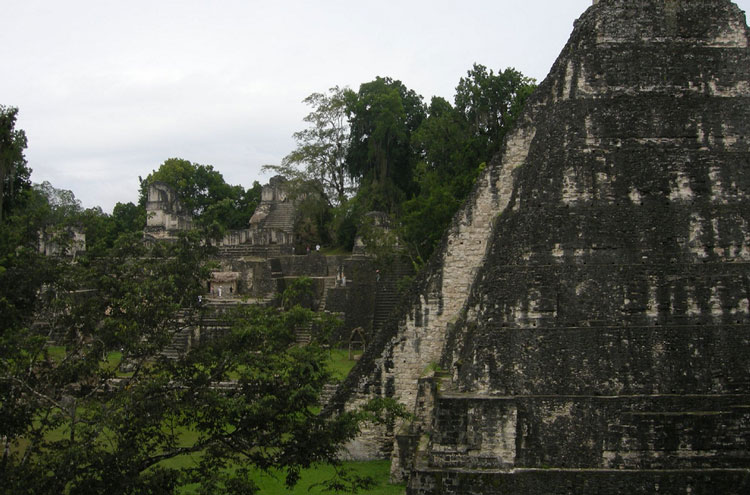
We have a lot of helpful practical information and tips about this walk, covering everything from the best books and maps, to timing and weather, geting there, possible problems, whether you need a guide and where to find them, and useful websites. This section is only open to members.
Membership is FREE AND JOINING TAKES 30 SECONDS. To login or sign up click here
Safety and problems: All walks have inherent risks and potential problems, and many of the walks featured on this website involve significant risks, dangers and problems. Problems of any sort can arise on any walk. This website does not purport to identify any (or all) actual or potential risks, dangers and problems that may relate to any particular walk.
Any person who is considering undertaking this walk should do careful research and make their own assessment of the risks, dangers and possible problems involved. They should also go to “Important information” for further important information.Anyone planning an expedition to this place should see further important information about this walk.
Safety and problems: All walks have inherent risks and potential problems, and many of the walks featured on this website involve significant risks, dangers and problems. Problems of any sort can arise on any walk. This website does not purport to identify any (or all) actual or potential risks, dangers and problems that may relate to any particular walk.
Any person who is considering undertaking this walk should do careful research and make their own assessment of the risks, dangers and possible problems involved. They should also go to “Important information” for further important information.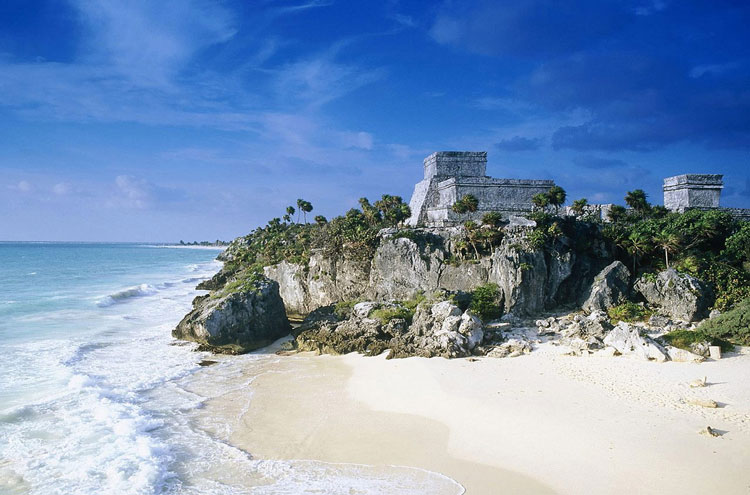
OTHER ACCOUNTS
share your experiencesAdd your experiences, suggestions and photos. We would be delighted to receive your writing and ideas (which will be attributed appropriately where published).
TopAnyone planning an expedition to this place should see further important information about this walk.
Top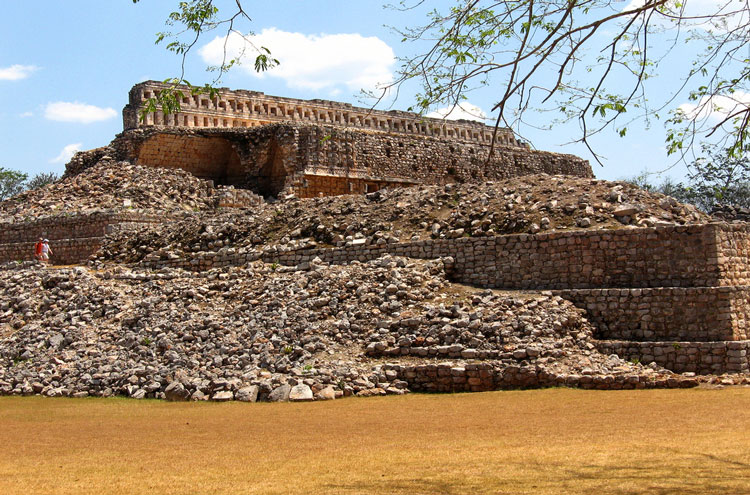
Responsible travel matters, a lot. How you travel will make a real difference - for better or worse. PLEASE consider this when making plans. Read more
 |
All material on this website is © Walkopedia Ltd 2008 - 2025, unless specified otherwise.
ALL RIGHTS RESERVED


